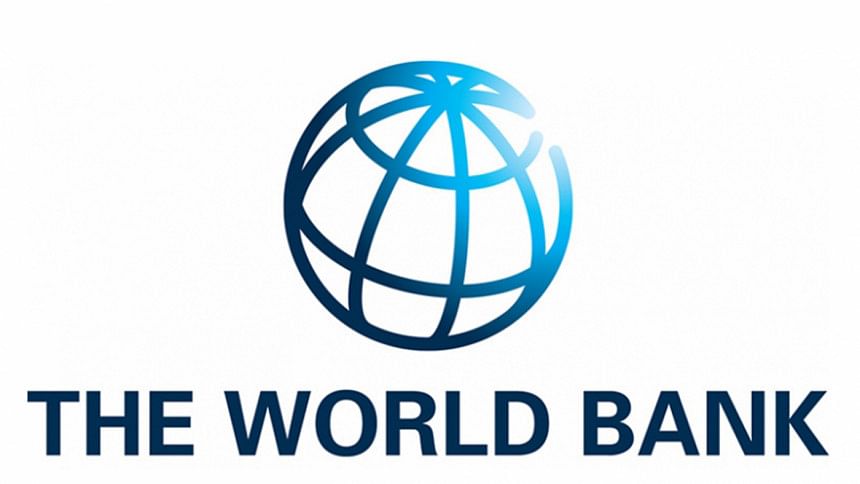Public banks can spearhead govt’s rescue efforts: WB

Public banks in Bangladesh and other South Asian nations can play a positive role in figuring out the impending financial crisis from the coronavirus pandemic by providing financial services to the rural economy, said the World Bank yesterday in a report.
The report styled "The Cursed Blessing of Public Bank" said the lenders had played a positive role during the financial crisis between 2008 and 2010.
Although they suffer from inefficiency and are likely to reduce competition and thus slow innovation, their lending can be countercyclical, and they are more likely than private banks to provide services to people in remote areas and poor people during a recession.
"That is an opportunity in the current crisis," said the Washington-based multilateral lender.
In the current economic situation, public banks are needed to provide countercyclical lending -- as they did during the last global financial crisis.
And in some cases, they may be needed to inject capital into weak private banks.
If financial markets start crumbling due to the economic consequences of COVID-19, then public banks may provide a crucial policy tool to stabilise the banking system and prevent further economic turmoil.
"They will need to support the economic transition in the long-run."
To fulfil these functions -- in addition to strengthening their frameworks and operations -- public banks across the region may require additional capital infusions to address their still weak balance sheets, the report said.
Bangladesh has 60 banks in total, of which 8 are public banks. And public banks have better coverage across districts than private ones.
However, public banks' share of loans to agriculture and micro, small, and medium enterprises (MSME) is not very different from that of private banks.
One reason is that all banks, independent of their ownership, are required to lend a certain share to agriculture and MSMEs.
Public ownership includes state commercial banks (SCBs) and state development banks (SDBs) -- about 23 and 2 per cent of the banking sector's assets, respectively.
The state-run banks represent nearly 65 per cent of all rural branches, being responsible for 'social safety net' payments and other government services but with limited compensation).
SCBs and SDBs have 53 and 88 per cent of all their branches in rural areas, respectively, while private commercial banks (PCBs) have just 35 per cent, and foreign commercial banks (FCBs) have none.
Credit to agriculture and MSMEs is only a small part of the SCBs' loan portfolios, suggesting a limited developmental impact.
Credit to traditional key targets for improving the incomes of poor and excluded groups (agriculture, fishing, forestry, and MSMEs in the industry) is low for SCBs at just 13 per cent of their total portfolio, which is not that different from PCBs and FCBs at 9 and 6 per cent respectively.
SCBs' loan portfolio is heavily skewed towards large loans, and their branch network in the urban areas largely overlaps that of the private sector.
Nevertheless, part of the credit could be for large infrastructure projects that contribute to development and private banks are less capable to finance.
Despite the benefit of significant rural and state deposits, SCBs fall short in their intermediation function.
SCBs receive a large part of their deposits from the public sector (about 40 per cent) as well as rural areas (about 35 per cent, a benefit of rural branches and implicit government guarantees).
Nevertheless, the credit to deposit ratio of SCBs is the lowest among all bank groups at just 60 per cent.
Combined with SCBs' high default loans and low profitability and capital adequacy, the WB suggested a need for policy#makers to clearly articulate the value proposition of public ownership in the banking sector.

 For all latest news, follow The Daily Star's Google News channel.
For all latest news, follow The Daily Star's Google News channel. 




Comments